Visit The Narendra Pushkarinee To Dive Into The Holy Water Of Puri In 2025
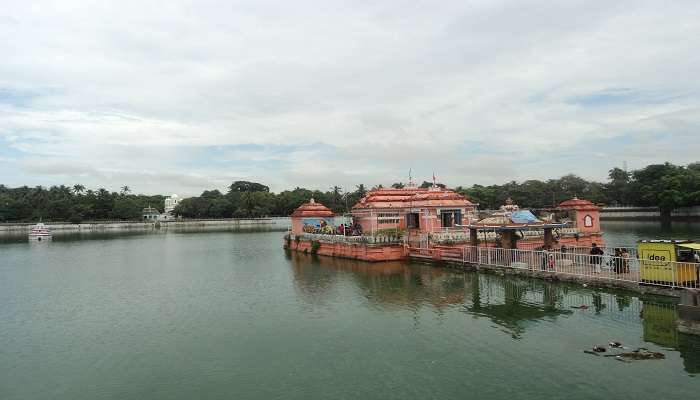
Also known as Narendra Pokhari or Narendra Tank, Narendra Pushkarinee is a holy tank in Puri situated close to the Jagannath Temple. It is one of the biggest tanks in Orissa and was constructed sometime during the 15th century AD by Narendra Dev. The tank is quite huge, encompassing 16 ghats in the city and serving as the primary site during the city’s Chandan Yatra Festival activities. At the centre of the tank is a small island with a temple, and a few temples surround the water body.
About Puri’s Narendra Pushkarinee
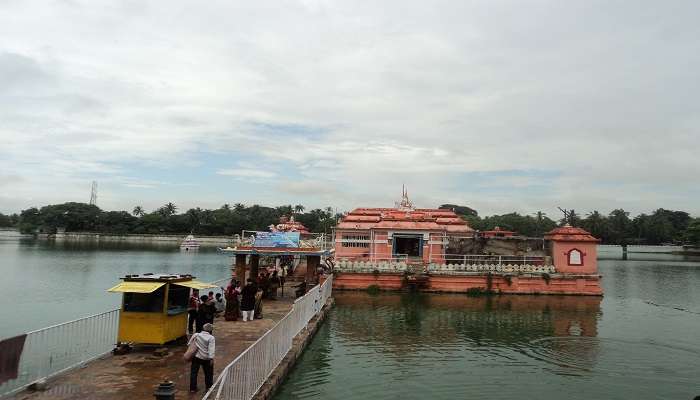
Narendra Pushkarinee, in the sacred city of Puri in Orissa, is also referred to as the Narendra Tank or Narendra Pokhari. It is a holy tank located near the Jagannath Temple. One of the city’s most prominent landmarks, this Mauza Dandimala Sahi tank is about 10 feet deep. Furthermore, besides being of immense religious significance, the tank is also known for its beauty.
This sacred tank was built by Narendra Dev in the 15th century AD and is fairly large, covering 16 ghats. These ghats make it easy for devotees to take a holy bath, and the main ghat has stairs made out of Khondalite. Several Oriya texts dating back to the medieval period mention this tank.
There are small and big temples around Narendra Pushkarinee, and at its centre lies an island housing a temple called Chandana Mandapa. Narendra Tank is also known as Chandana Pushkarinee because the city’s renowned Chandan Yatra, dedicated to Lord Jagannath, is celebrated here. During this festival, idols of deities from temples around the tank are taken out and washed in its water after having Chandan paste applied to them.
Must Read: Things To Do In Puri
The Legends Of Narendra Pushkarinee
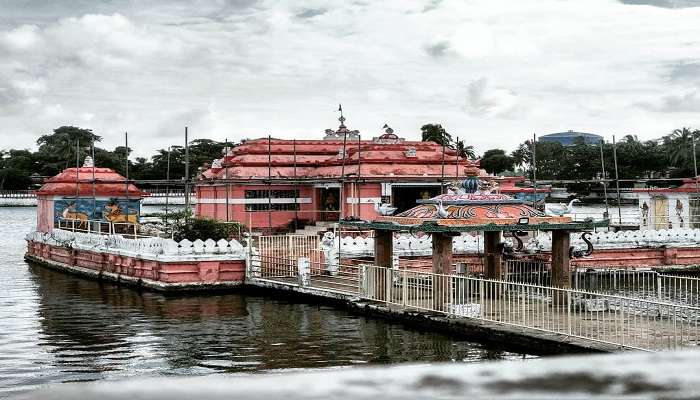
As per Oriya scriptures, this tank was built by Veer Narendra Dev during the Suryavamsi period in the 15th century AD. He was the brother of Gajapati Kapilendra Dev, the king at this time, and is said to have sacrificed himself for this motherland. Following his death, his wife Kalandi Mahadevi decided to stay in a garden after renouncing all worldly pleasures and devoted herself to Lord Shiva and Lord Krishna.
Babaji Govinda Das was her guru and gave her a pumpkin seed that grew hundreds of pumpkins, which were ultimately used to make the Mahaprasad. Hearing this, her 14 sons visited her, as did Gajapati Kapilendra with his guru Mahadev Brahma.
Guru Govinda Das blessed the king, asked him to construct a tank for Kalandi Mahadevi, and requested that it be named after her late husband. He also asked for another tank to be named after her. Gajapati Kapilendra Dev also constructed 14 ghats in the name of his late brother’s 14 sons. Today, there are 16 ghats here, of which 3 are in the north, 6 in the south, 3 in the east and 4 in the west.
The Significance Of Puri And The Jagannath Temple
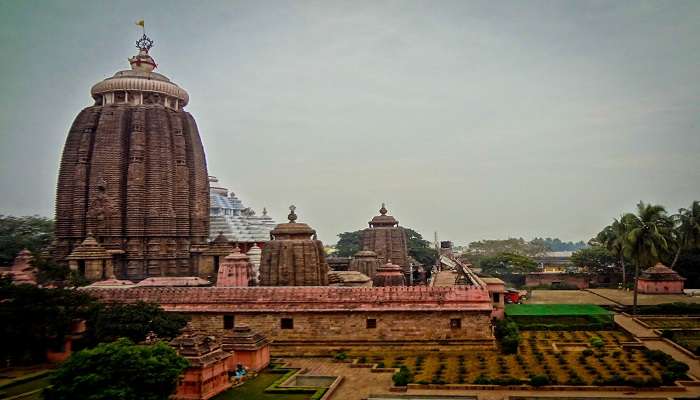
Puri, along the Bay of Bengal in the eastern part of India, is a coastal city in Orissa, also one of the four holy Char Dham Yatra sites. The city is also known as Sri Kshetra. It houses the revered Jagannath Temple dedicated to Jagannath, more commonly known as Lord Vishnu. The other two deities worshipped here are Balabhadra and Subhadra. It was established in the 12th century during the reign of the Ganga dynasty, and what is interesting is that it never casts a shadow. The Jagannath Temple was first built by Indradyuma of Avanti, but the construction of the present temple began sometime in the 10th century under the Eastern Ganga Dynasty. This temple is one of the 108 Abhimana Kshethram and is known for its distinctive rituals, which are believed to have been inspired by the Oddiyana rituals; these rituals are said to have evolved from Mahayana Tantras and Shabari Tantras. The latter find their roots in Tantric Buddhism. It is believed that the temple’s idols are connected to aboriginal tribes.
This temple celebrates the infamous Rath Yatra. The idol of Jagannath is made of wood instead of stone or metal. A replica is replaced every 12 or 19 years. Another exciting legend of this temple is that Lord Krishna’s heart is placed here.
Apart from the temple, Puri is also home to several attractions you must visit. Its beaches, like Swargadwar Beach, Puri Beach and Ashtanga Beach, are stunning and ideal for taking a stroll or watching the sunset. Don’t forget to visit Chilika Lake, a saltwater lake with small islands and rich biodiversity. To learn about the region’s artistic and cultural heritage, visit the Raghurajpur Artist Village or offer prayers at its many temples, including the Ganesh Temple, Lakshmi Temple and Markandeswara Temple.
Suggested Read: Tourist Places In Odisha
How To Reach And When To Visit

If you plan on visiting Puri and taking the road, a car would be a good idea, but only if you live close to the city. A better option would be to take the bus since many buses operate from nearby cities, including Bhubaneswar, Visakhapatnam, and Kolkata. Another convenient choice is to take the train since Puri is one of the stops on the railway route between Calcutta and Chennai. Many trains halt here regularly. On the other hand, if you decide to fly here, remember that the city does not have its airport, so you would first need to fly to the one in Bhubaneswar, about 58 km away and then hire a taxi.
Given that Puri is a coastal city, visiting during the winter, from October to February, is best to visit since you can enjoy cool and pleasant weather. On the contrary, visiting during the summer or monsoon months could turn into an uncomfortable experience owing to the unpleasant weather. The monsoon season here usually lasts from July to September, bringing about heavy showers and humidity. This would make it difficult to be outdoors and dip in the ocean or the holy tanks. Moreover, the Rath Yatra usually takes place around the end of June or in July, and the crowds could also prove to be a bit high. During the summer months from March to May, the extreme temperatures coupled with humidity are not conducive to sightseeing.
Further Read: Offbeat Places In Puri
Puri is one of India’s holiest cities and a key pilgrimage site. Its Narendra Pushkarinee is an essential landmark in the city that boasts excellent religious and historical value, so it is deemed a must-visit site. So, if you plan a trip to Odisha to explore some of its tourist attractions and hidden gems, don’t forget to add Puri to your itinerary! This would also make for a beautiful family holiday.
For our editorial codes of conduct and copyright disclaimer, please click here.
Cover Image Credit: Aditya Mahar for Wikimedia Commons
Frequently Asked Questions About Narendra Pushkarinee
What are the timings for Narendra Pushkarinee?
The holy Narendra Pushkarinee tank is open everyday from 6:00 AM to 9:00 PM.
Is it true that non-Hindus are not allowed entry inside the Jagannath Temple?
Yes, it is said that owing to numerous attacks by Muslims, the Jagannath Temple is only open to Hindu devotees. Moreover, foreigners aren’t allowed entry either.
Is it difficult to find non-vegetarian food in Puri?
Since Puri is a major pilgrimage site, many eateries only serve vegetarian food but that is not to say that you would not find ones that serve non-vegetarian food.
What is the ideal duration for a trip to Puri?
To visit all of Puri’s prime attractions, it is usually suggested that you plan a trip of about 3 to 4 days so that you don’t miss anything and aren’t rushed either.
What is special about the Chakra of the Jagannath Temple?
The Chakra at the top of the temple is made so that it is a chakra within a chakra and is also placed at such a height that it is visible from anywhere in the city.
People Also Read:
Offbeat Places In Odisha Places To Visit In Odisha In June Romantic Places In Odisha
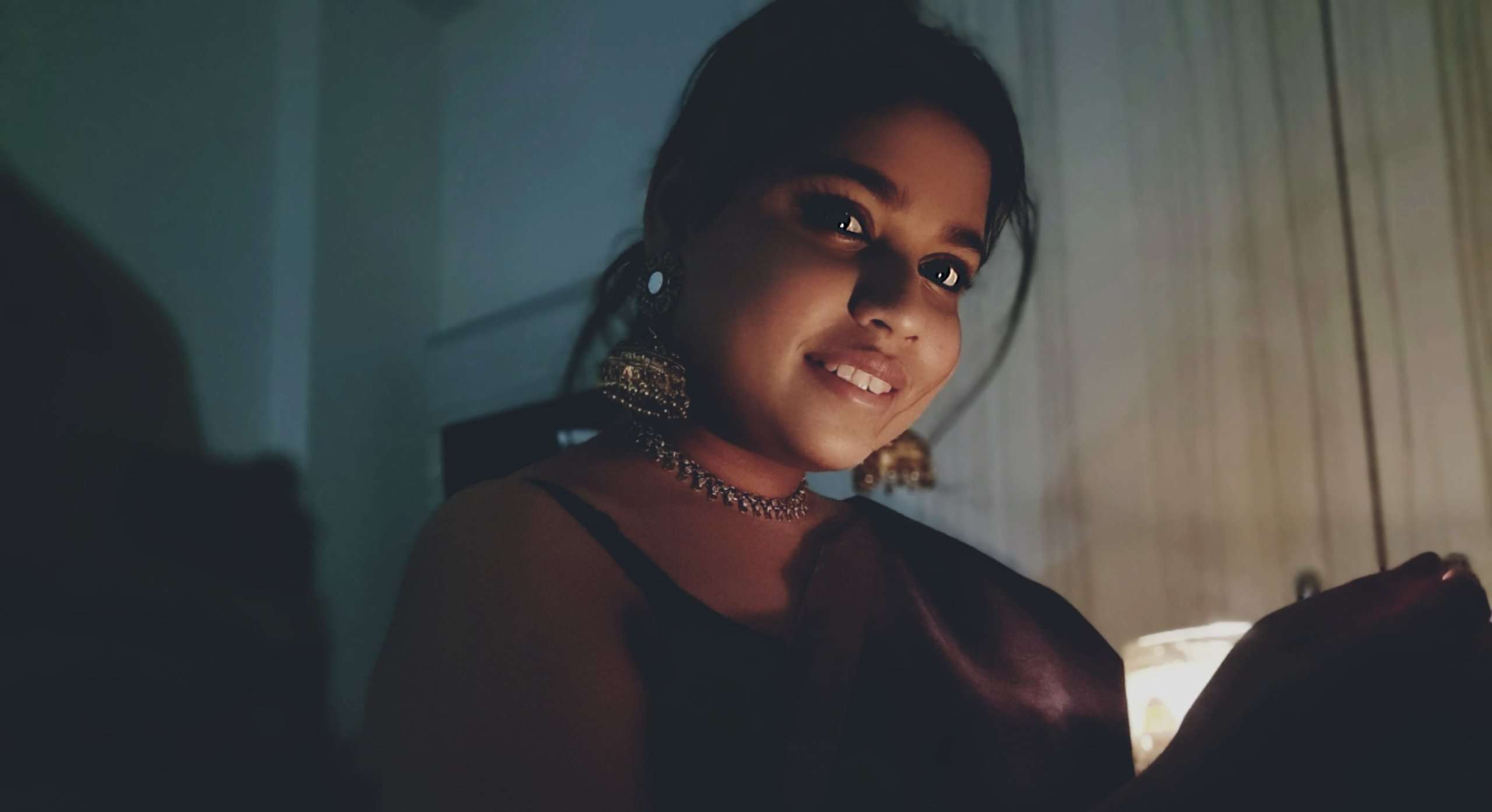
As a Travel Content Writer, I live to conquer the world of globetrotting with words. With my unquenchable thirst for storytelling, I believe that my words will inspire you to travel around the world’s breathtaking landscapes. As for me, I am an unapologetic selenophile, who loves to wander around in a starry night!











